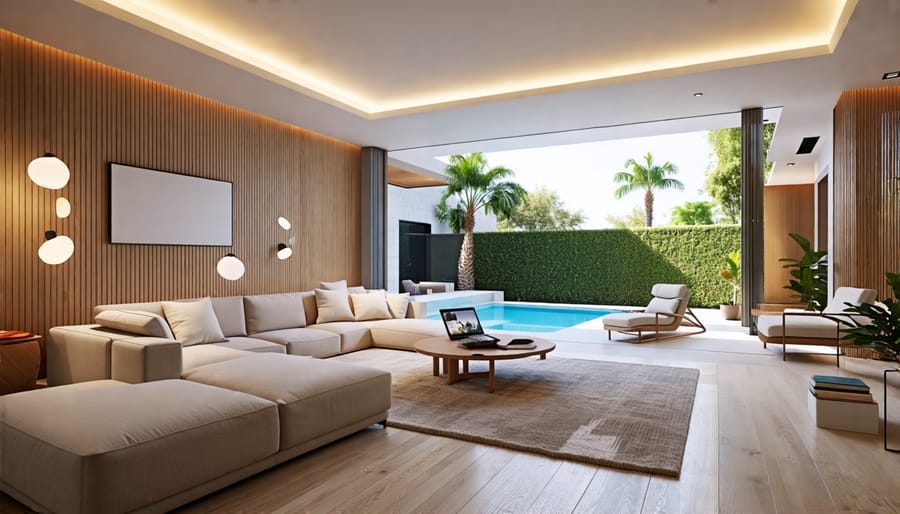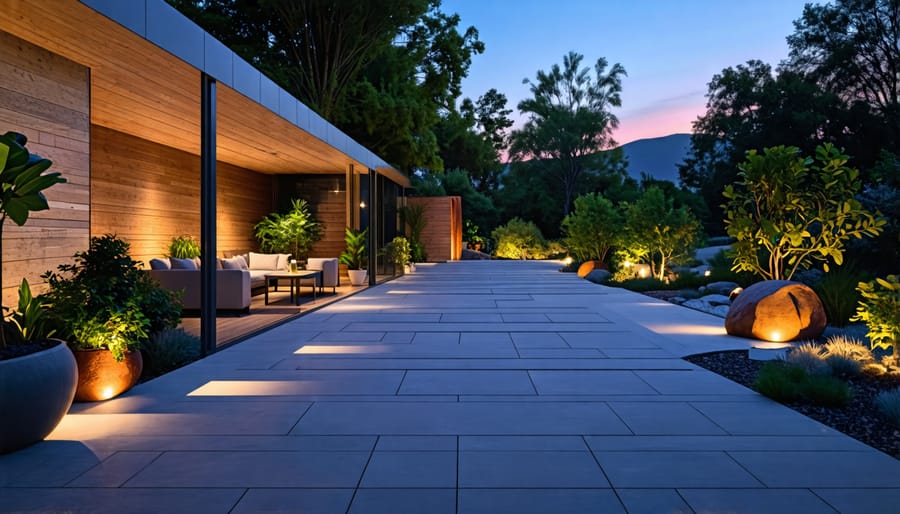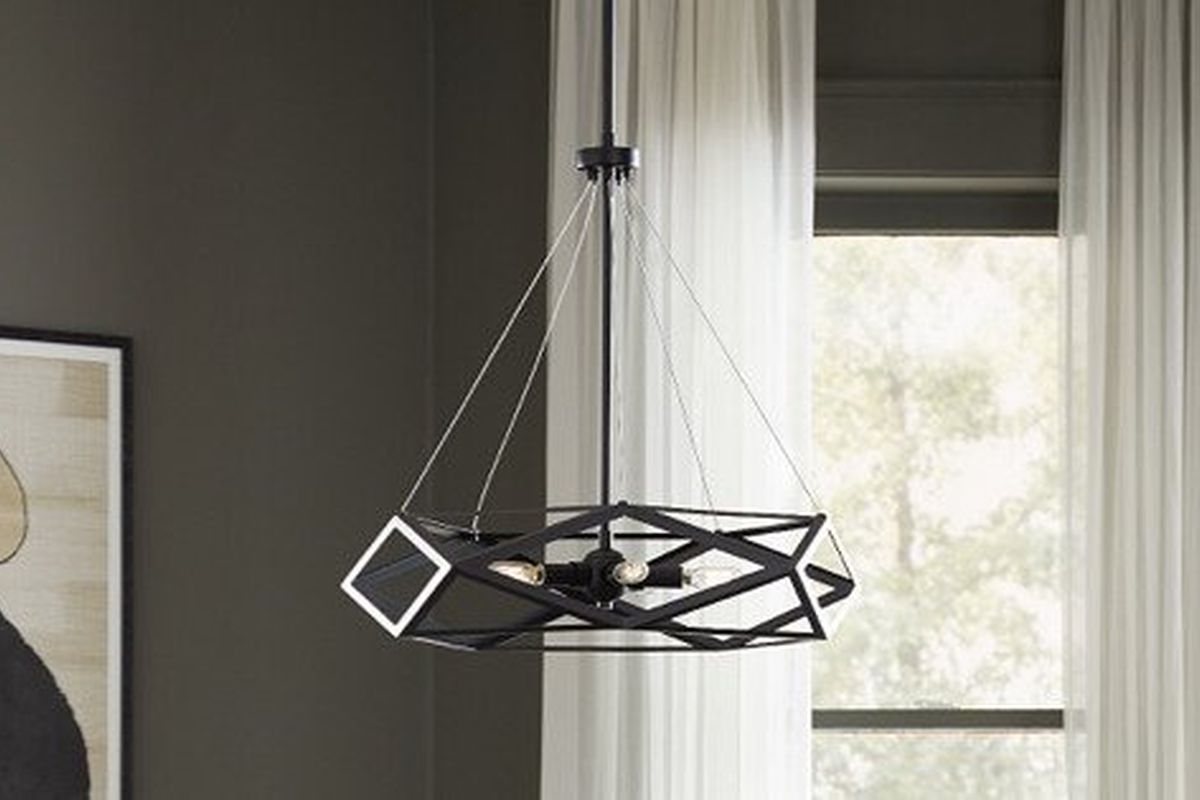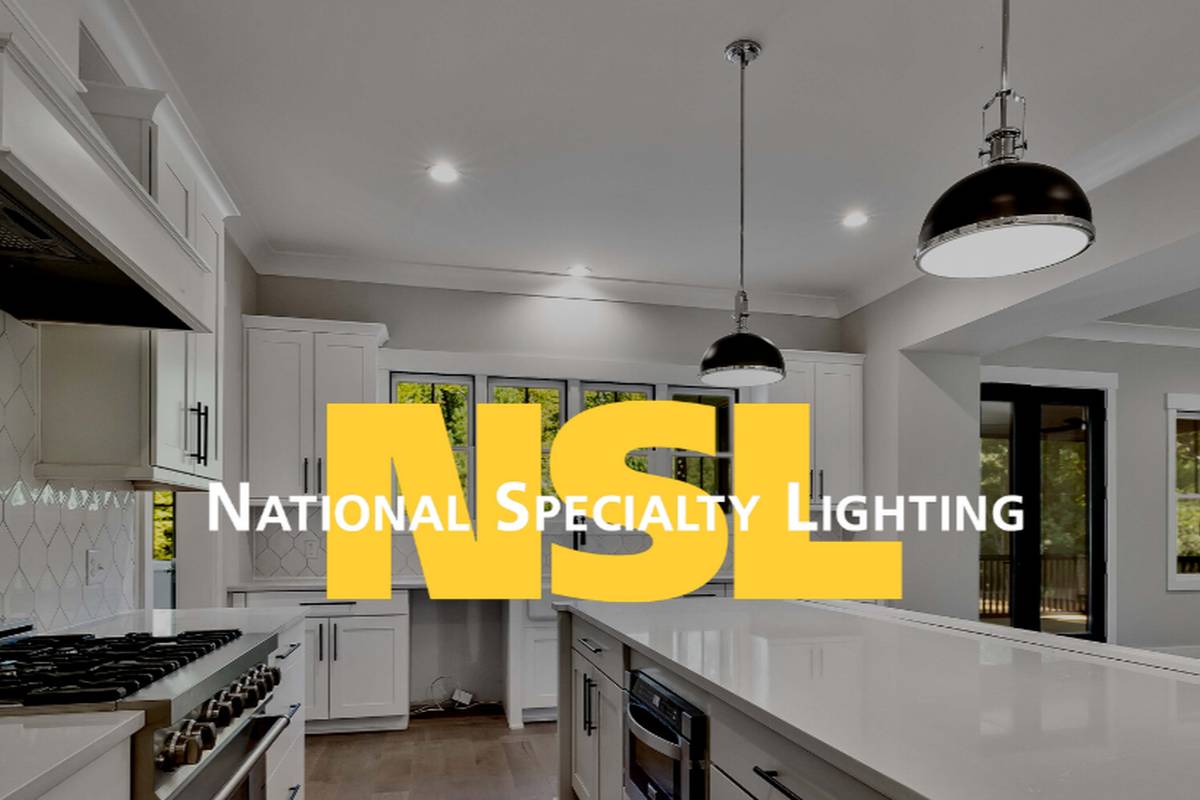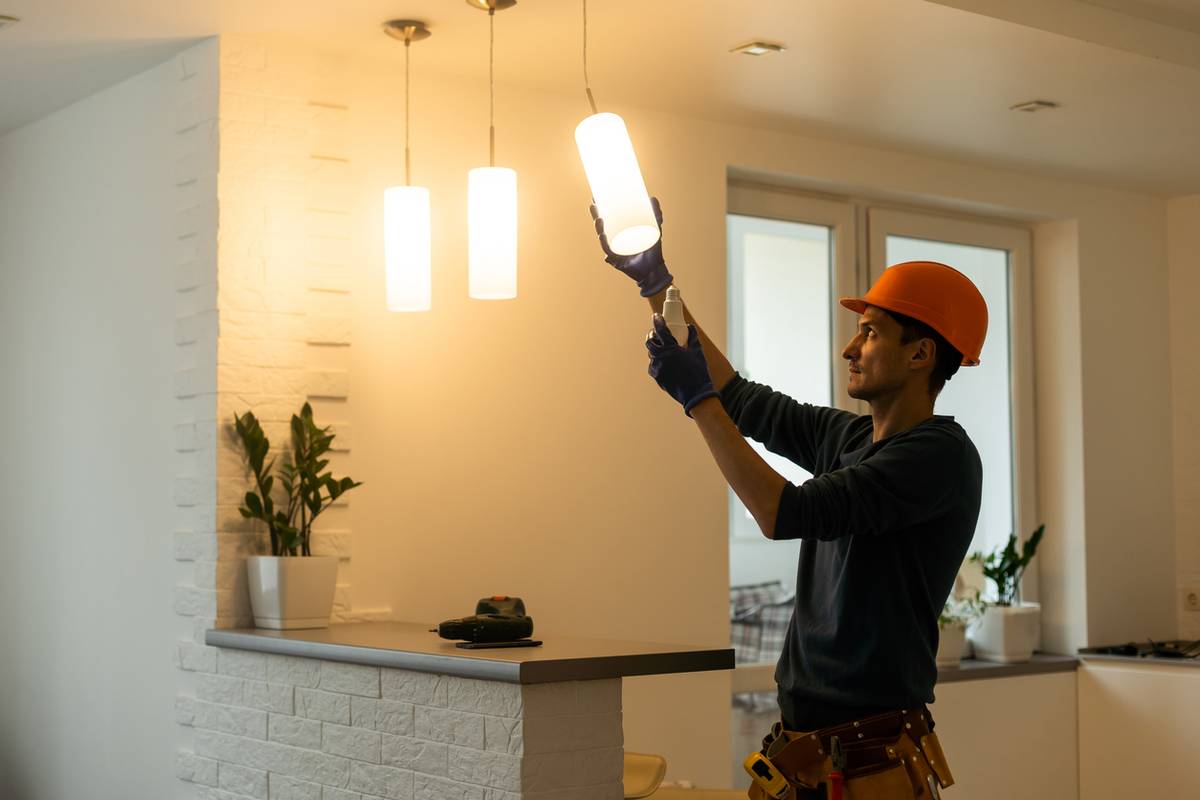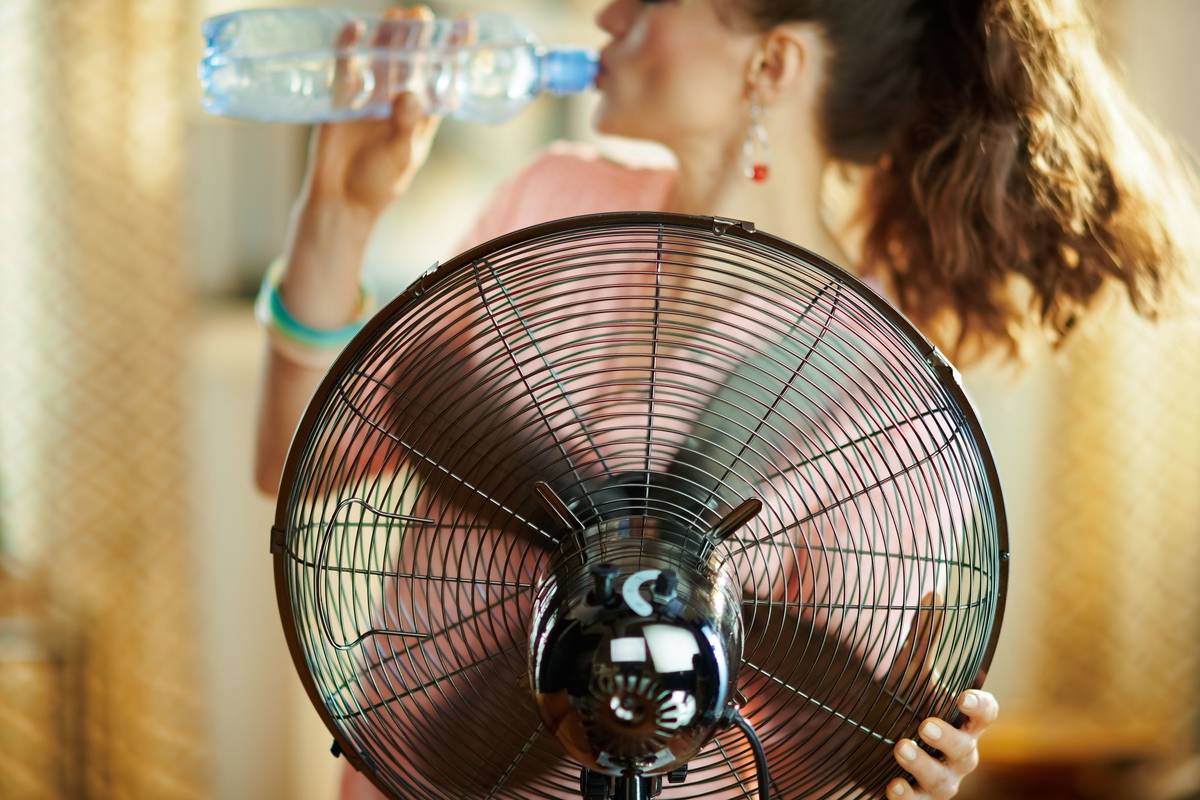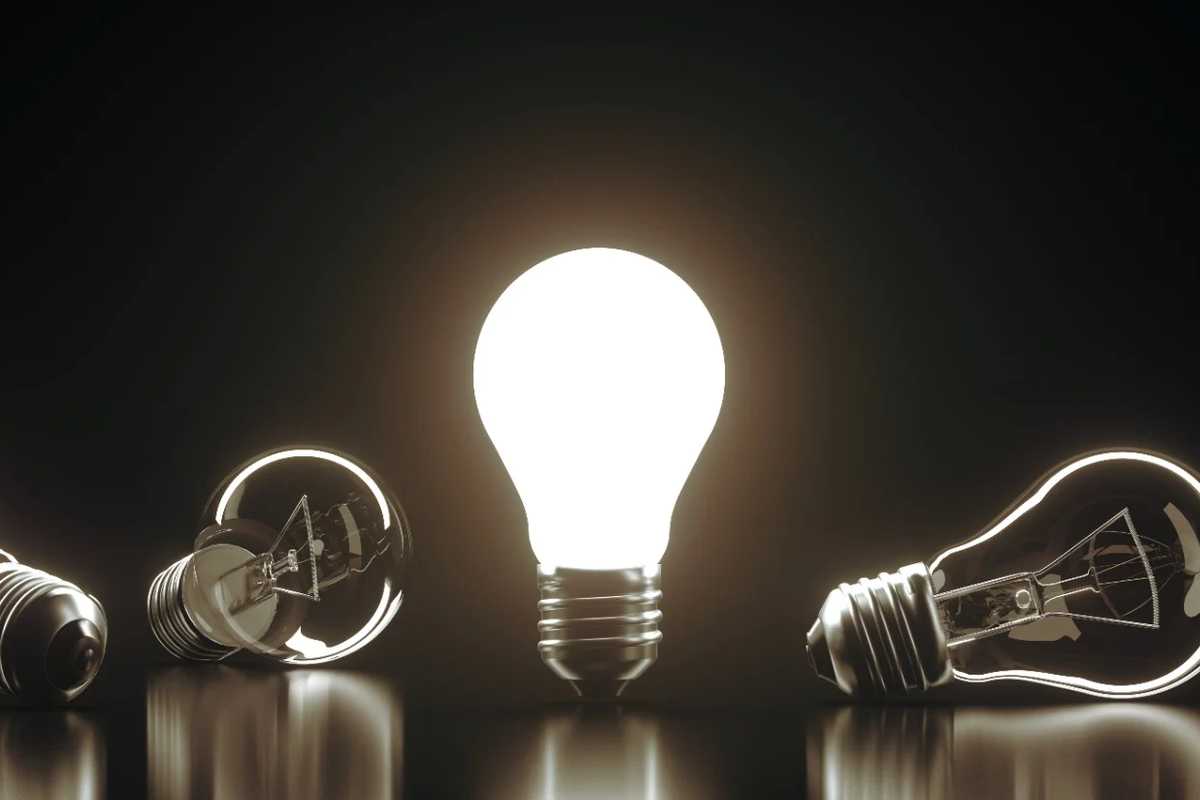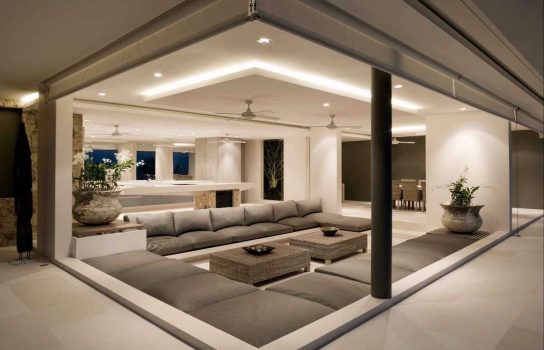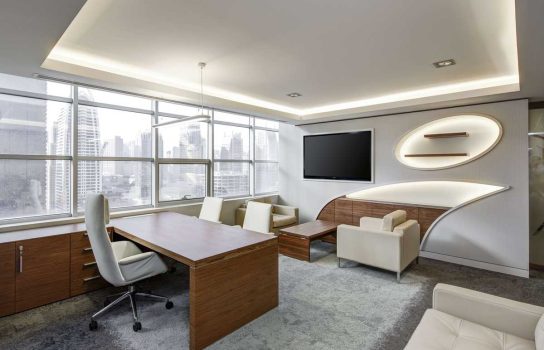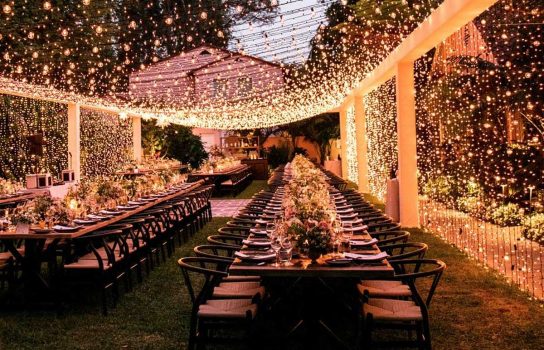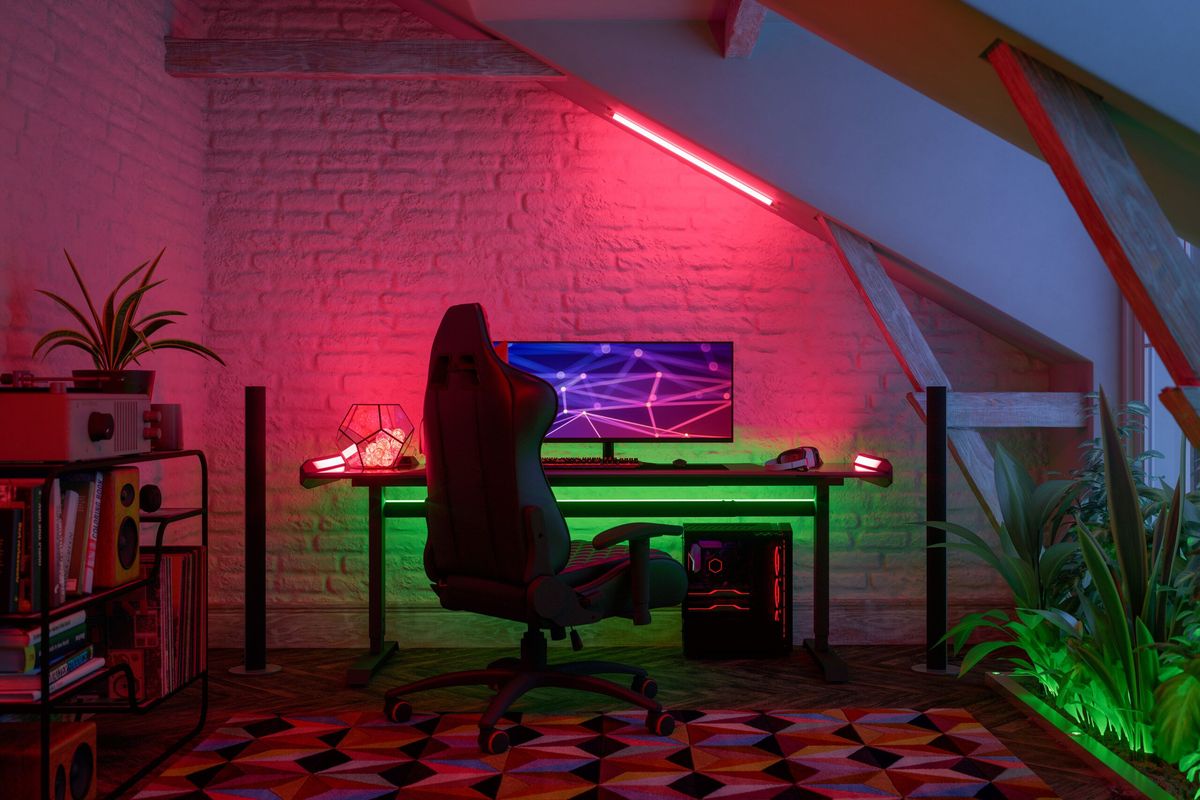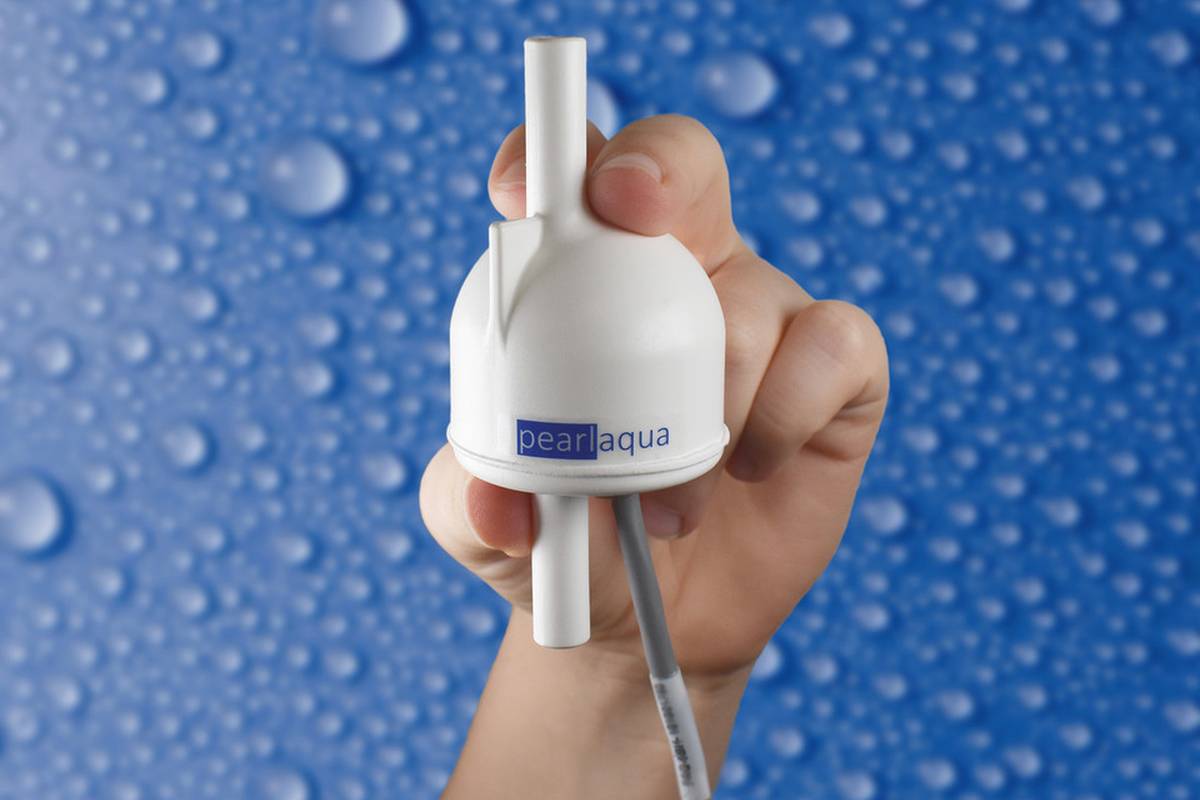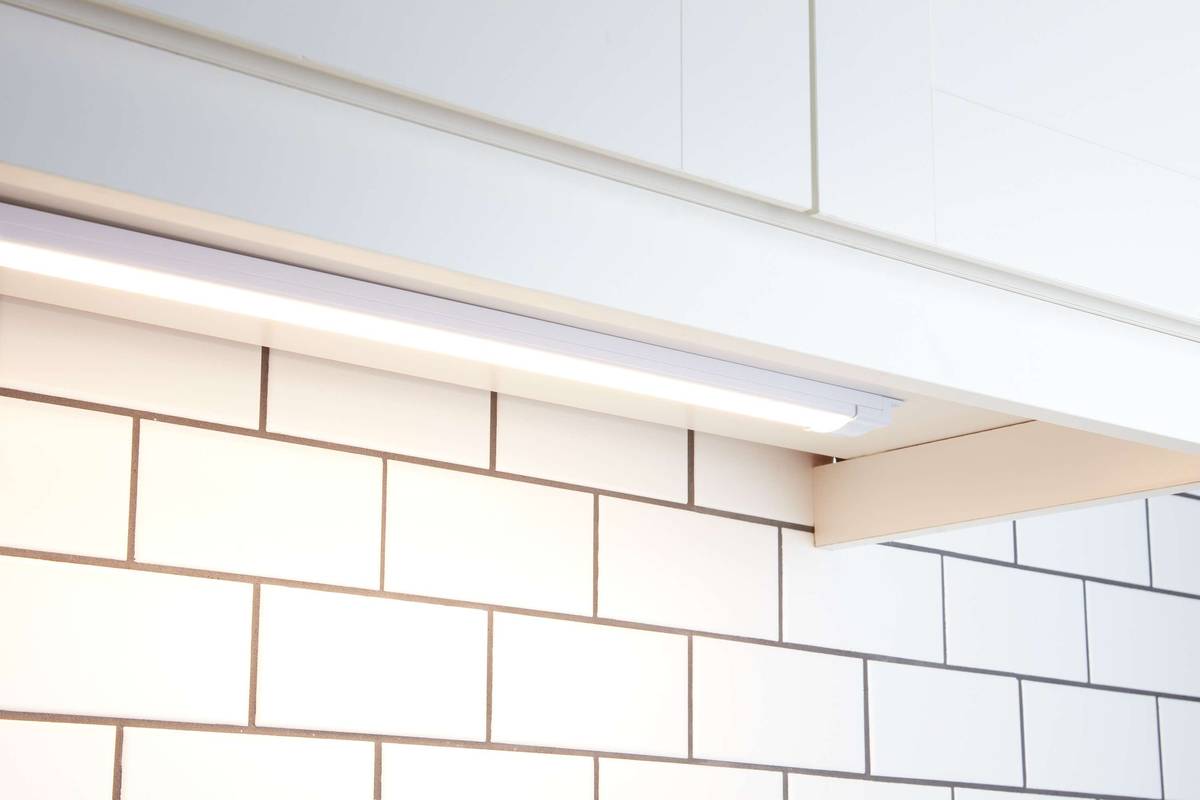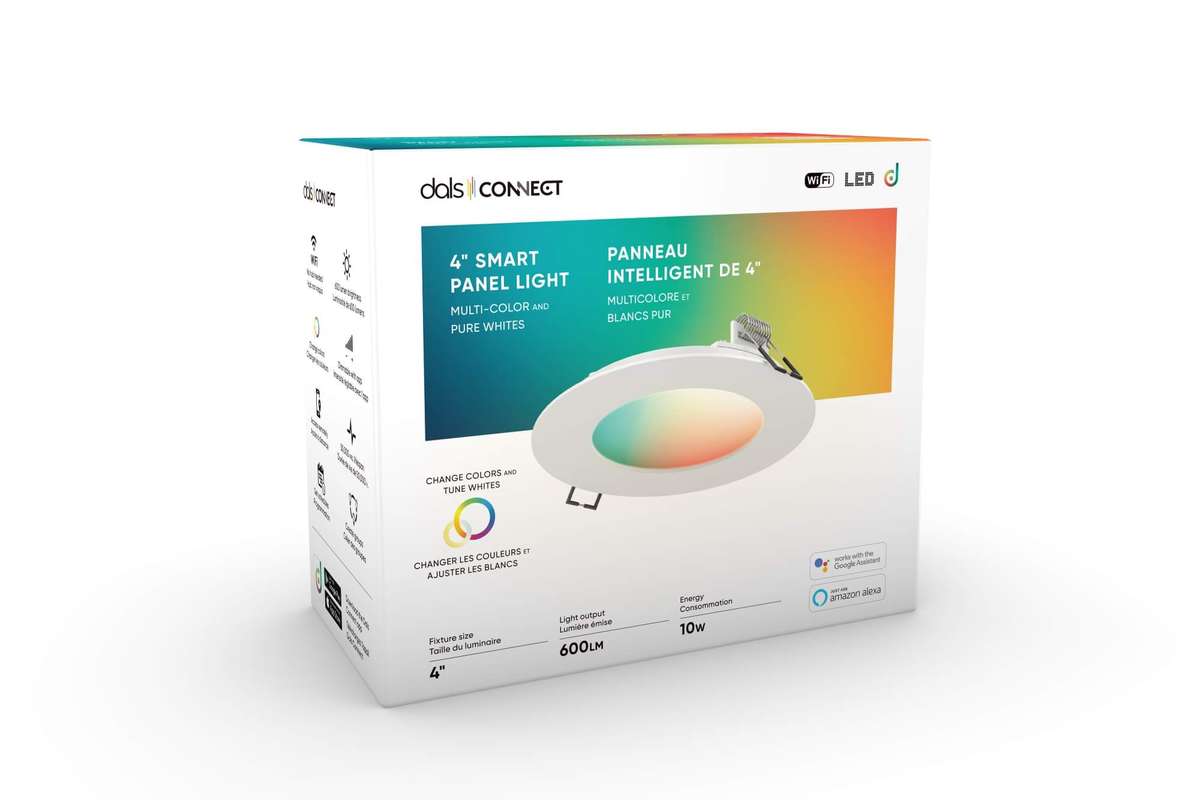
Elevate Your Living Space with Cutting-Edge Smart Lighting from DALS
If you’re new to smart lighting and eager to get started, DALS has created the Smart Home Starter Kit to make your introduction smooth and affordable. This all-in-one box provides everything you need to easily integrate smart lighting into your home.
Setup is straightforward: simply install or plug in the device, download the DALS Connect™ app, and connect your device.
…

